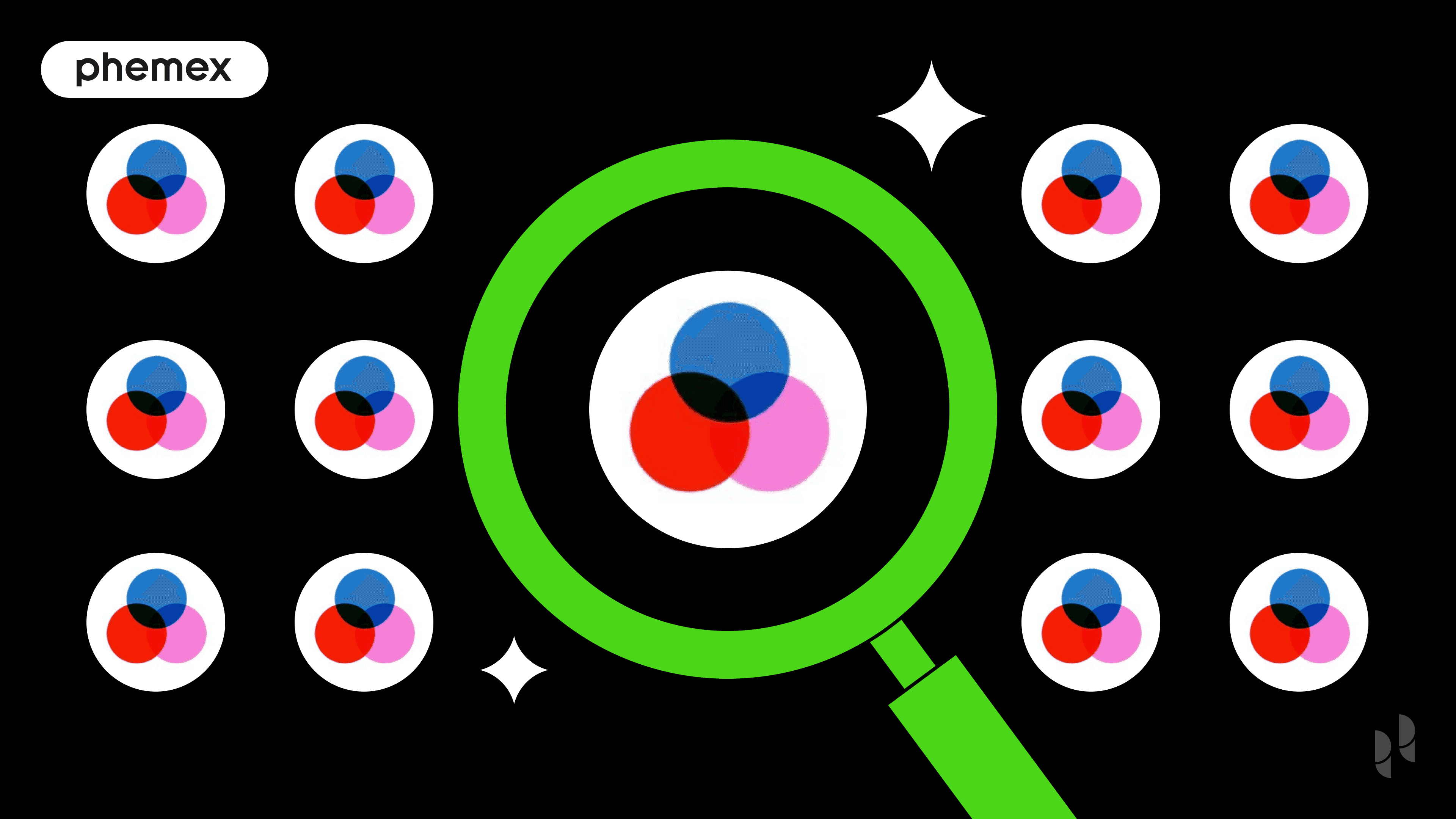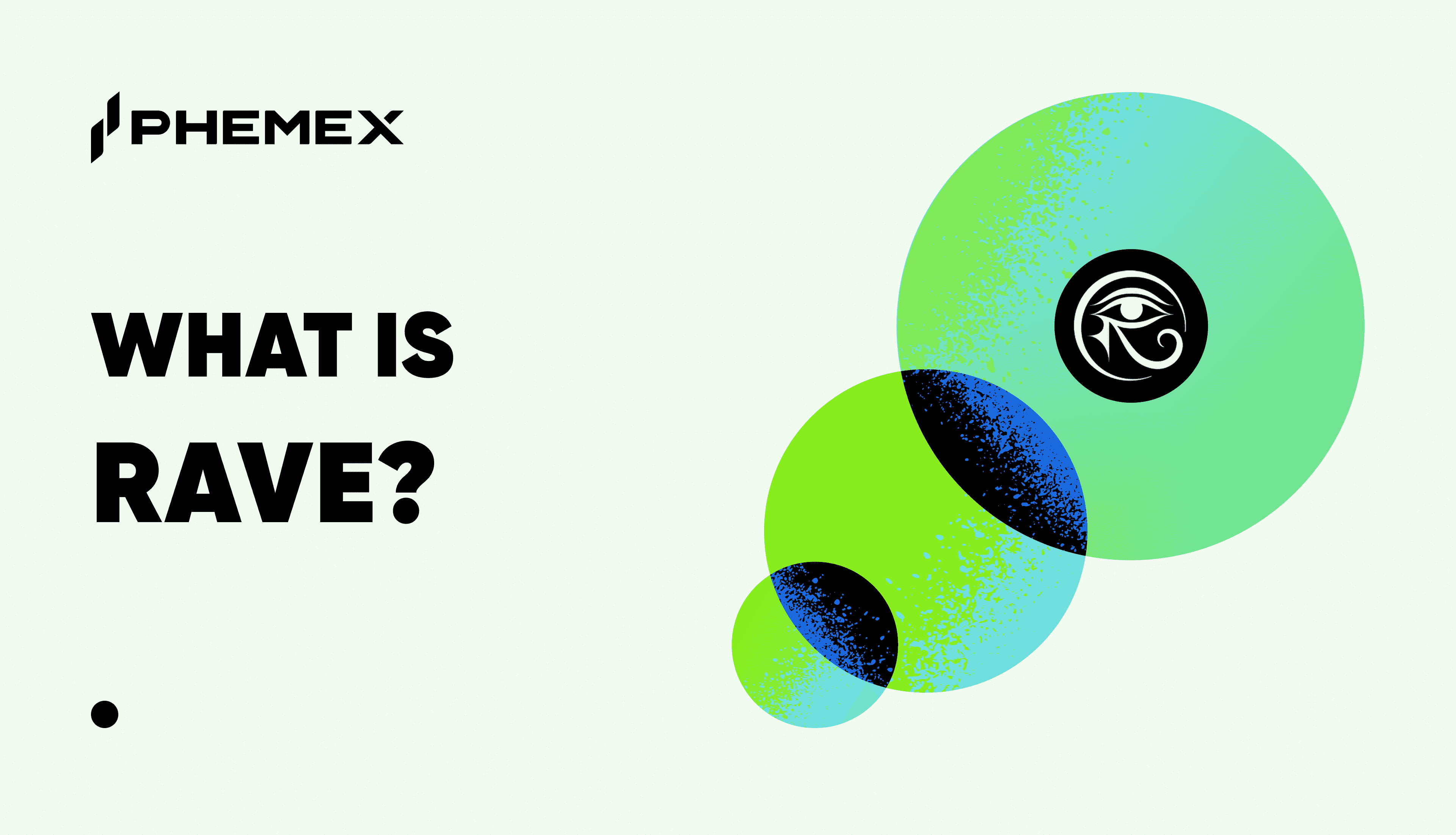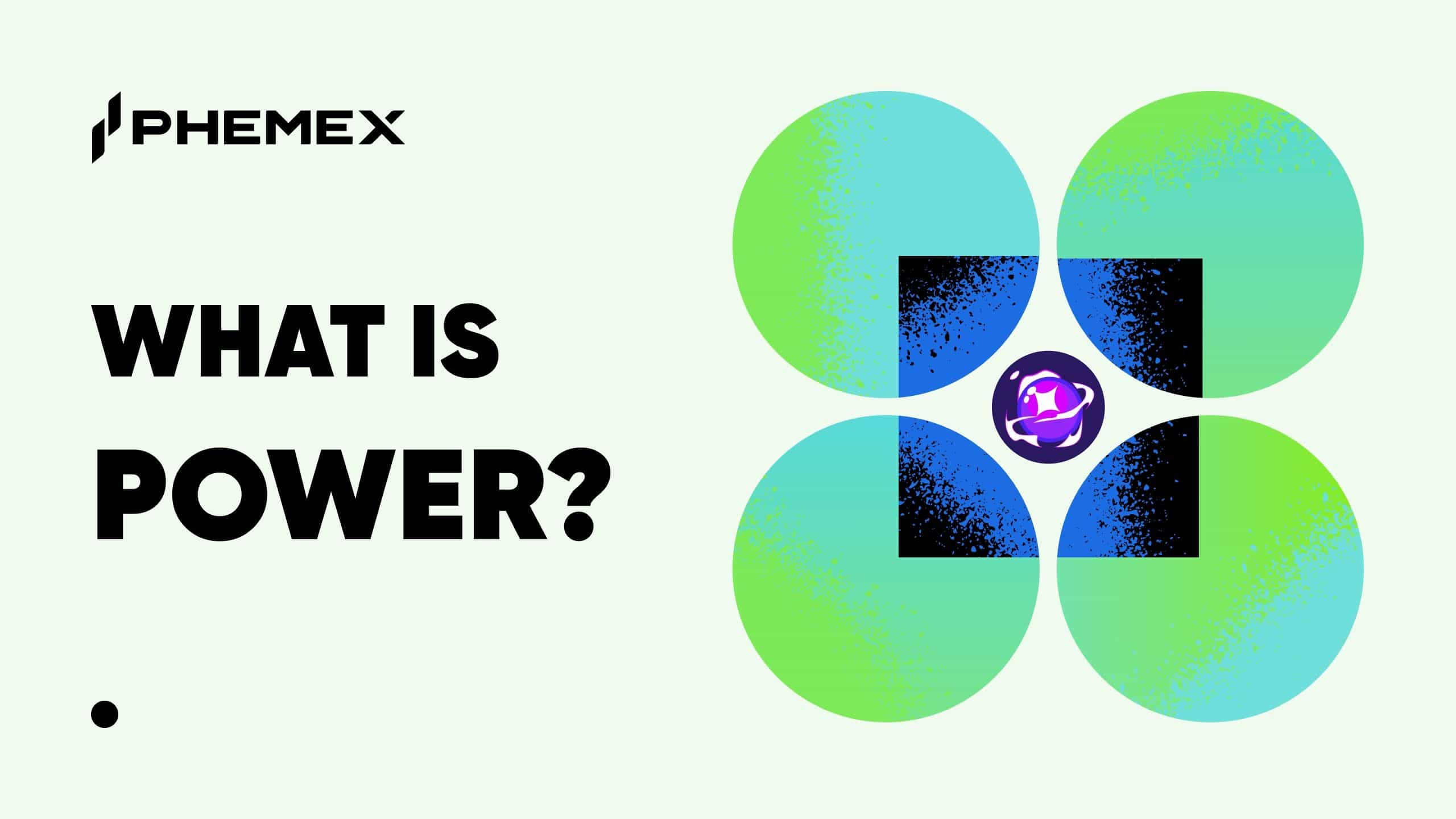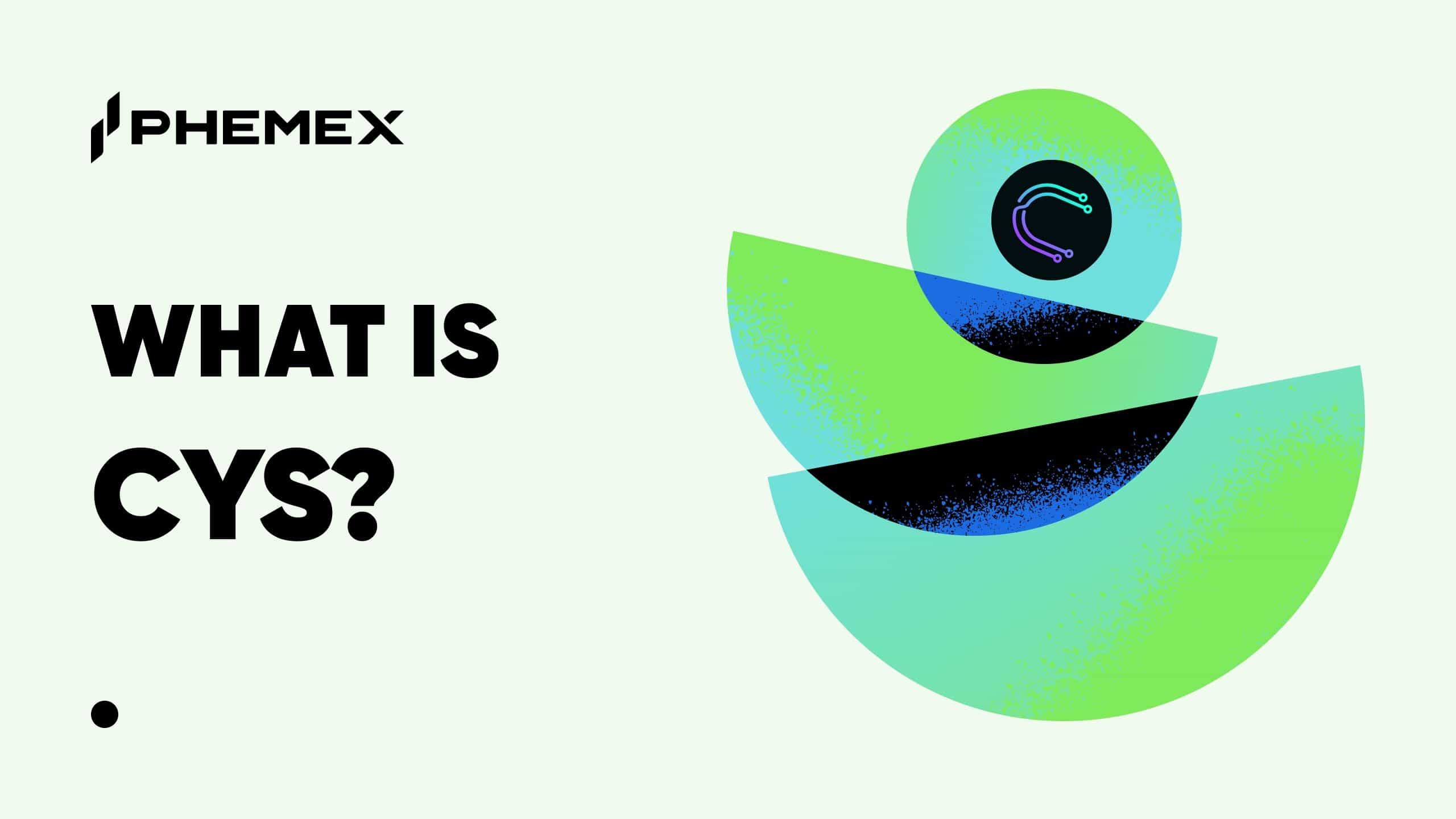Summary Box (Quick Facts)
-
Ticker Symbol: COMMON
-
Chain: Base
-
Contract Address: 0x4c87da04887a1f9f21f777e3a8dd55c3c9f84701
-
Circulating Supply: To be announced at the Token Generation Event (TGE).
-
Total Supply: A genesis supply of 10 billion tokens.
-
Primary Use Case: Community coordination, DAO management, and AI agent integration.
-
Current Market Cap: To be determined after the official token launch.
What Is COMMON?
In the rapidly evolving landscape of Web3, decentralized communities and DAOs (Decentralized Autonomous Organizations) have become the backbone of innovation. However, their growth has been hampered by a significant challenge: fragmentation. Teams are forced to juggle a dozen different tools—Discord for communication, Snapshot for voting, Discourse for forums, and various treasury management platforms—creating a disjointed and inefficient user experience. This is the core problem that COMMON aims to solve.
So, what is COMMON? Explained simply, COMMON is a decentralized protocol designed to serve as the unified coordination layer for online communities, their contributors, and, uniquely, artificial intelligence (AI) agents. It is an all-in-one product that empowers any project to launch a token, manage a full-fledged DAO, and coordinate complex tasks in a single, seamless environment. Instead of stitching together multiple disconnected apps, communities can use COMMON for everything from initial discussions to formal governance votes and treasury disbursements.
The project's vision extends beyond just human collaboration. By integrating AI agents, COMMON is pioneering a future where automated entities can participate in DAOs, execute governance proposals, or manage protocol functions based on community-defined rules. This positions COMMON at the cutting edge of decentralized governance and automation. Its relevance spans the entire Web3 ecosystem, offering critical infrastructure for DeFi protocols, NFT projects, gaming guilds, and creator economies that rely on robust community engagement and transparent on-chain operations. By providing a streamlined and powerful toolkit, COMMON aims to become the foundational platform where the next generation of decentralized communities is built and managed.
How Many COMMON Are There?
Understanding the tokenomics of a project is crucial for evaluating its long-term potential and incentive structures. The COMMON token is designed to facilitate governance, reward participation, and align the interests of all ecosystem stakeholders.
The protocol launches with a genesis supply of 10 billion COMMON tokens. The initial circulating supply—the number of tokens available for trading on the public market—will be determined at the Token Generation Event (TGE). This controlled release is standard practice to ensure market stability in the project's early days.
COMMON employs a predictable inflationary model to sustain the ecosystem over the long term. The token supply is programmed to inflate at a rate of 5% annually for the first few years, gradually decreasing to a terminal rate of 2% in later years. This inflation is not arbitrary; it serves a clear purpose by funding a community-governed treasury and financing ongoing rewards for active participants, ensuring the protocol remains vibrant and well-maintained. Over a seven-year period, this schedule is projected to bring the maximum supply to approximately 12.4 billion tokens.
A significant portion of the initial supply, 4.2% or 420 million tokens, is allocated for a "Community Retrodrop." This is a strategic airdrop designed to reward the early adopters and historical contributors from the Commonwealth platform, its predecessor. This approach serves two key functions: it decentralizes the token distribution from day one by getting tokens into the hands of active users, and it kickstarts the governance process with an engaged community that is already familiar with the project's goals. For potential investors, it is also important to monitor the vesting schedules for tokens allocated to the team and early investors, as these schedules dictate when large blocks of tokens will be unlocked and can enter the circulating supply.
What Does COMMON Do?
The COMMON protocol is far more than just a governance token; it is an extensive suite of interconnected tools that form the operational hub for any decentralized community. The primary COMMON use case is to streamline every aspect of on-chain coordination, from inception to execution.
Launchpad & Community Creation:
For new projects, COMMON provides a frictionless entry point into Web3. Its Launchpad allows users to create and launch their own ERC-20 tokens directly on the Base network, an Ethereum Layer-2 known for its low fees and high security. Beyond token creation, the platform offers a self-serve portal for establishing a dedicated community space. Crucially, this functionality is multi-chain, with native support for EVM, Cosmos, and Solana tokens, ensuring projects from different ecosystems can leverage COMMON’s toolkit.
Advanced Governance and Discussion:
At its core, COMMON features a crypto-native forum that is a direct upgrade over Web2 alternatives like Reddit or Discourse. By requiring wallet logins for participation, it enhances transparency and mitigates Sybil attacks (where one user creates multiple fake accounts). This forum is packed with Web3-native features:
-
Token Gating: Communities can restrict access to specific discussions or proposals based on token ownership. For example, a discussion on a new feature could be limited to users holding at least 1,000 project tokens or a specific governance NFT.
-
Snapshot Integration: Recognizing that many established DAOs use Snapshot for gasless voting, COMMON offers a seamless two-click integration. This allows communities to import their entire proposal history and enable members to vote on Snapshot proposals without ever leaving the COMMON interface.
-
One-User-One-Vote Polls: To gauge community sentiment before launching a formal, token-weighted vote, admins can create simple polls within any discussion thread. This serves as a valuable "temperature check" for new ideas.
Incentives and Omnichannel Engagement:
To drive active participation, COMMON has built a system for on-chain contests. Admins can allocate a prize pool and create a competition for anything from content creation and meme contests to bug bounties. Community members submit their entries, and the one with the most upvotes wins the prize. This system is "omnichannel," meaning it extends beyond the platform itself. It is already integrated with Farcaster and will soon support contests on X (Twitter) and Telegram, meeting communities where they are most active.
Integrated DeFi and Customization:
To reduce friction, COMMON includes a built-in token swap feature powered by a Uniswap integration. This allows users to acquire the necessary governance tokens to participate in voting or meet gating requirements directly within the platform. Furthermore, communities can customize their space with their own branding and even use a custom domain, ensuring a professional and cohesive brand experience.
COMMON vs. Steem
To understand COMMON's unique position, it's helpful to compare it to a pioneer in the social blockchain space: Steem. While both platforms focus on fostering online communities through crypto-based incentives, their core philosophies, technology, and target audiences are fundamentally different. Steem walked so that platforms like COMMON could run.
| Feature | COMMON | Steem |
| Primary Use Case | An all-in-one coordination platform for DAOs to manage governance, treasuries, and AI agents. | A social blockchain that powers content-focused dApps like Steemit, rewarding users for creating and curating content. |
| Technology | An application-layer protocol built on Base (an Ethereum L2), leveraging the security of the Ethereum network. | A standalone Layer-1 blockchain using a Delegated Proof-of-Stake (DPoS) consensus mechanism. |
| Speed and Fees | Benefits from the low transaction fees and high throughput of the Base Layer-2 network. | Known for fast, feeless transactions, which is essential for social interactions like voting and commenting. |
| Decentralization | Relies on Ethereum's decentralized security. Its own governance is currently managed by the founding team. | Governance is handled by elected "witnesses" in its DPoS system, which has faced centralization concerns. |
| Target Audience | Web3 projects, DAOs, and communities needing tools for on-chain governance, token launches, and coordination. | Content creators, bloggers, and social media users looking to monetize their online activity. |
In essence, the key difference lies in their focus. Steem was designed to monetize individual contributions (blog posts, comments) through its "proof-of-brain" rewards system. It is fundamentally a decentralized content platform. In contrast, COMMON is built for collective action and coordination. Its tools are not primarily for individual content creators but for organized groups that need to make binding decisions, manage a shared treasury, and execute complex operations on-chain. Steem represents the first generation of social crypto, while COMMON represents the next evolution: a professional-grade operating system for the entire decentralized economy.
The Technology Behind COMMON
COMMON’s robust functionality is built on a modern, multi-chain tech stack designed for scalability and interoperability. Its choice to build on Base, an Ethereum Layer-2 incubated by Coinbase, is a strategic one. By operating as a Layer-2, COMMON inherits the formidable security and decentralization of the Ethereum mainnet while benefiting from significantly lower transaction fees and faster confirmation times. This makes high-frequency actions like voting and participating in contests economically viable for all users.
The core of its innovation is the "unified coordination layer." This isn't just a marketing term; it describes how the protocol integrates three critical pillars of a digital community:
-
Identity: Using crypto wallets as the single sign-on for identity.
-
Communication: Providing crypto-native forums for discussion and debate.
-
Action: Enabling on-chain execution through governance, swaps, and contests.
A key technical feature is its native multi-chain support. The platform's architecture is not confined to the Ethereum ecosystem. It is designed to be chain-agnostic, already supporting communities built around EVM, Cosmos, and Solana tokens. This interoperability is crucial in a future where communities and value are spread across numerous blockchains. Another powerful feature is webhooks, which allow communities to automatically syndicate content and notifications from their COMMON space to external platforms like Discord, Slack, or Telegram. This ensures that important governance proposals or contest announcements reach members on the platforms they use daily.
This robust infrastructure is strengthened by strategic partnerships and integrations with a "who's who" of Web3. The integration with Uniswap provides deep liquidity for token swaps, the connection to Snapshot ensures compatibility with the industry standard for DAO voting, and collaborations with protocols like LayerZero point to a future of seamless cross-chain coordination.
Team & Origins
The ambition of the COMMON protocol is backed by a seasoned team with a proven track record in the crypto governance sector. The project was founded by Dillon Chen and developed by Commonwealth Labs. This is the same team that created and successfully scaled Commonwealth, a widely used governance forum that supported over 300 of the industry's top projects, whose tokens had a collective value of approximately $18 billion at their peak. The lessons learned from running Commonwealth directly informed the design of COMMON, which represents an evolution from a simple forum to a full-stack coordination platform.
This deep expertise attracted significant financial backing from some of the most respected venture capital firms in the crypto space. Commonwealth Labs raised $20 million across multiple funding rounds from a roster of top-tier investors, including Polychain Capital, Dragonfly Capital, Framework Ventures, and Spark Capital (known for early investments in Discord and Anthropic). This "smart money" backing not only provides ample capital for development but also serves as a strong vote of confidence in the team's vision and ability to execute.
The team is publicly committed to the principle of progressive decentralization. While the core protocol is currently managed by Commonwealth Labs to ensure rapid development and iteration, the long-term goal is to transition control entirely to the community. This will be achieved through the COMMON token, which will empower holders to govern the protocol's treasury, control future upgrades, and guide the overall direction of the ecosystem.
Key News & Events
The journey of COMMON is marked by several significant milestones that highlight its progress and future potential.
-
Successful Launch and Phemex Listing: The COMMON token has successfully completed its Token Generation Event (TGE) and is now live for trading on Phemex. The listing includes support for both spot and futures markets, providing broad access for traders and community members.
-
Massive Existing User Base: Unlike most new crypto projects that start from scratch, COMMON is launching with a massive strategic advantage. It inherits the user base of its predecessor, Commonwealth, which already serves over four million users across 100,000 communities. This established network demonstrates a powerful product-market fit and provides a fertile ground for immediate adoption of the new protocol features.
-
Strategic Community Retrodrop: To reward its loyal early adopters, the project has allocated 4.2% of the genesis token supply for a community airdrop. This "retrodrop" will distribute tokens to historical users and contributors who were active on the Commonwealth platform, immediately seeding a knowledgeable and engaged governance community from day one.
-
Enhanced Mobile Accessibility: Recognizing the importance of mobile access, the team has launched Progressive Web App (PWA) support for the platform. A PWA offers a near-native app experience directly through a mobile browser, providing a fast and accessible solution for users on the go. This is a crucial first step, with dedicated iOS and Android native apps planned for future release.
Is COMMON a Good Investment?
Evaluating whether COMMON might be a good investment requires a balanced look at its potential upsides and inherent risks. (Disclaimer: This section is for informational purposes only and does not constitute financial advice. The cryptocurrency market is highly volatile, and you should only invest what you can afford to lose.)
The Bull Case (Potential Upsides):
-
Proven Product-Market Fit: COMMON’s biggest strength is its established user base of four million users. It is not selling a theoretical vision; it is upgrading a platform that is already an essential tool for thousands of communities.
-
Prime Position in a Growing Narrative: DAO tooling and on-chain coordination are rapidly growing sectors within Web3. As more organizations move on-chain, the demand for a professional-grade, all-in-one solution like COMMON is likely to increase significantly.
-
Forward-Thinking AI Integration: The plan to integrate AI agents into DAOs is a visionary move that places COMMON ahead of the curve. This could unlock novel use cases for automated treasury management, autonomous community moderation, and more, creating a powerful long-term narrative.
-
World-Class Team and Backers: The project is led by an experienced team and is backed by some of the most successful venture capitalists in the crypto industry. This provides a strong foundation of expertise, strategic guidance, and financial resources.
The Bear Case (Risks and Considerations):
-
Intense Competition: While COMMON's all-in-one approach is unique, it competes with a host of individual point solutions that are well-established in their respective niches (e.g., Snapshot for voting, Discord for chat).
-
Execution Risk: The roadmap is ambitious, particularly the transition to full decentralization and the complex AI integrations. The team's ability to successfully execute this vision is critical to its long-term success.
-
Market Volatility: As a new token, COMMON will be subject to the high volatility that characterizes the broader cryptocurrency market. Its price will be influenced by market-wide trends as well as project-specific developments.
-
Regulatory Uncertainty: The legal and regulatory landscape for DAOs remains undefined in most parts of the world. Future regulations could impact how DAOs operate and, by extension, the platforms that serve them.
How to Buy COMMON on Phemex?
Now that COMMON is live on Phemex, purchasing it is a straightforward process designed to be quick and secure. Traders can access COMMON on both the spot and futures markets. The general steps involve creating an account, funding your wallet, and executing the trade.
For a comprehensive, step-by-step walkthrough of this process, we have created a dedicated guide. Please visit our detailed How to buy COMMON page to get started. You can also head directly to the Trade COMMON page or check the latest COMMON price on our markets page.
FAQs
What is a DAO and why does it need a tool like COMMON?
A DAO, or Decentralized Autonomous Organization, is an organization represented by rules encoded as a computer program that is transparent, controlled by the organization members, and not influenced by a central government. They need tools like COMMON because managing a DAO involves many complex tasks—discussions, voting, treasury management, and contributor rewards—that are difficult to coordinate across separate, disconnected platforms. COMMON brings all these functions into one place.
How does COMMON plan to integrate AI?
COMMON aims to allow AI agents to become first-class participants in its ecosystem. This could mean an AI that automatically executes a governance proposal once it passes, an AI that manages a portion of the DAO's treasury according to predefined risk parameters, or an AI that helps moderate community discussions. This integration opens the door for more efficient and automated decentralized organizations.
What problem does COMMON solve?
The core problem COMMON solves is the fragmentation and inefficiency of DAO and Web3 community management. By providing a single, integrated platform for token launches, governance, member engagement, and AI coordination, it saves teams time and creates a much smoother experience for community members.
Who is behind the Common project?
The project was founded by Dillon Chen and developed by Commonwealth Labs, a team with deep experience in crypto governance from building the successful Commonwealth platform. It is backed by major venture capital firms like Dragonfly Capital, Polychain Capital, and Framework Ventures. For the latest news about COMMON, explore the Phemex Academy.
Is COMMON a good long-term investment?
The long-term potential of COMMON depends on its ability to become the go-to operating system for the growing DAO ecosystem. Its massive existing user base and forward-thinking AI integration are strong positive signals. However, like all cryptocurrencies, it is a high-risk asset, and you should always conduct your own research before investing.








